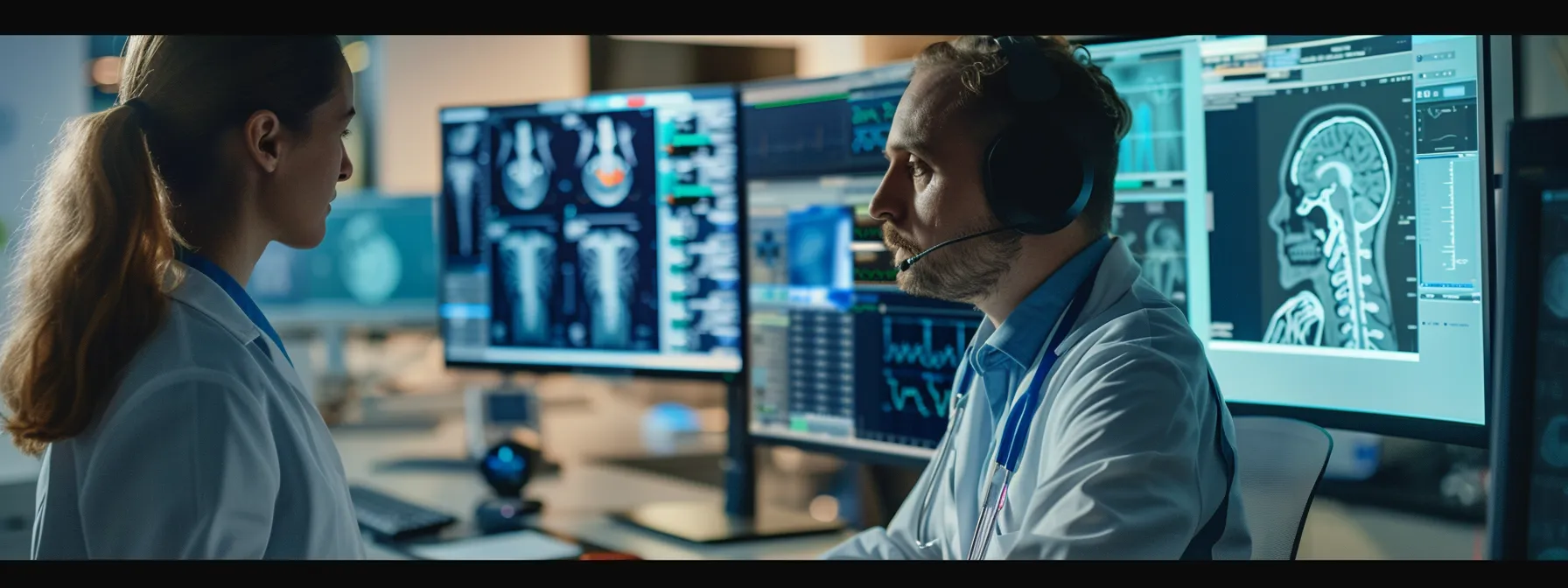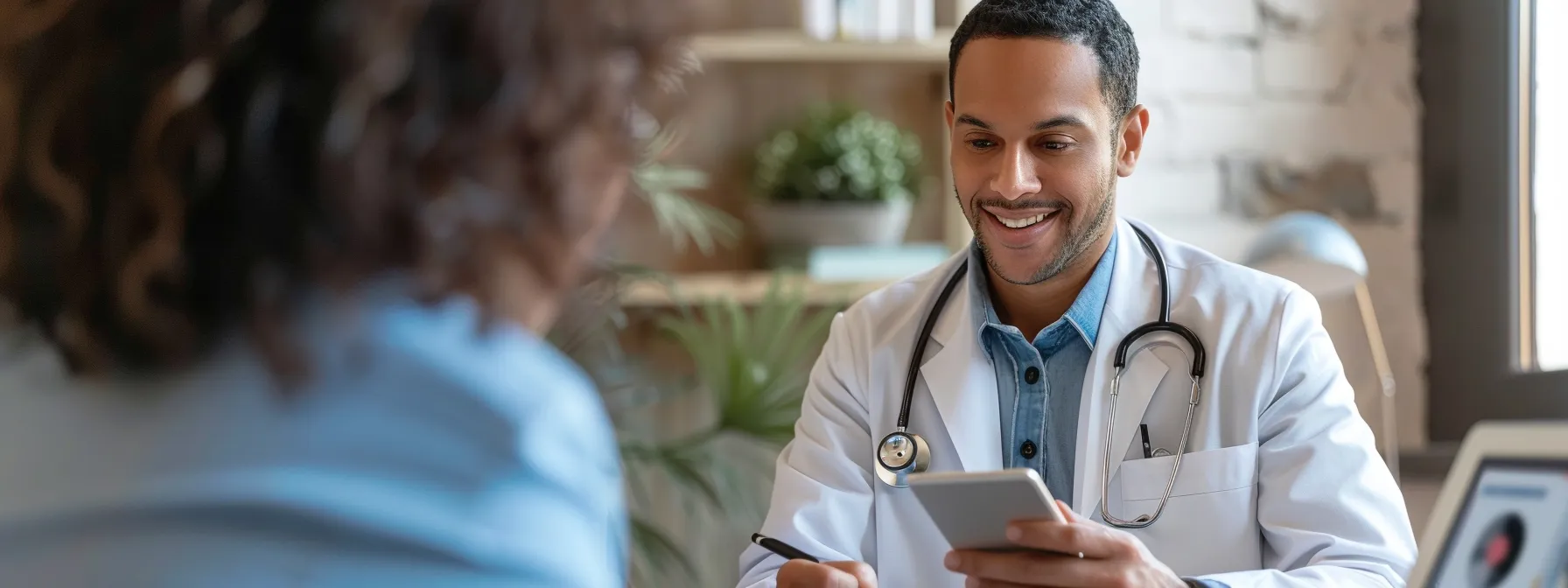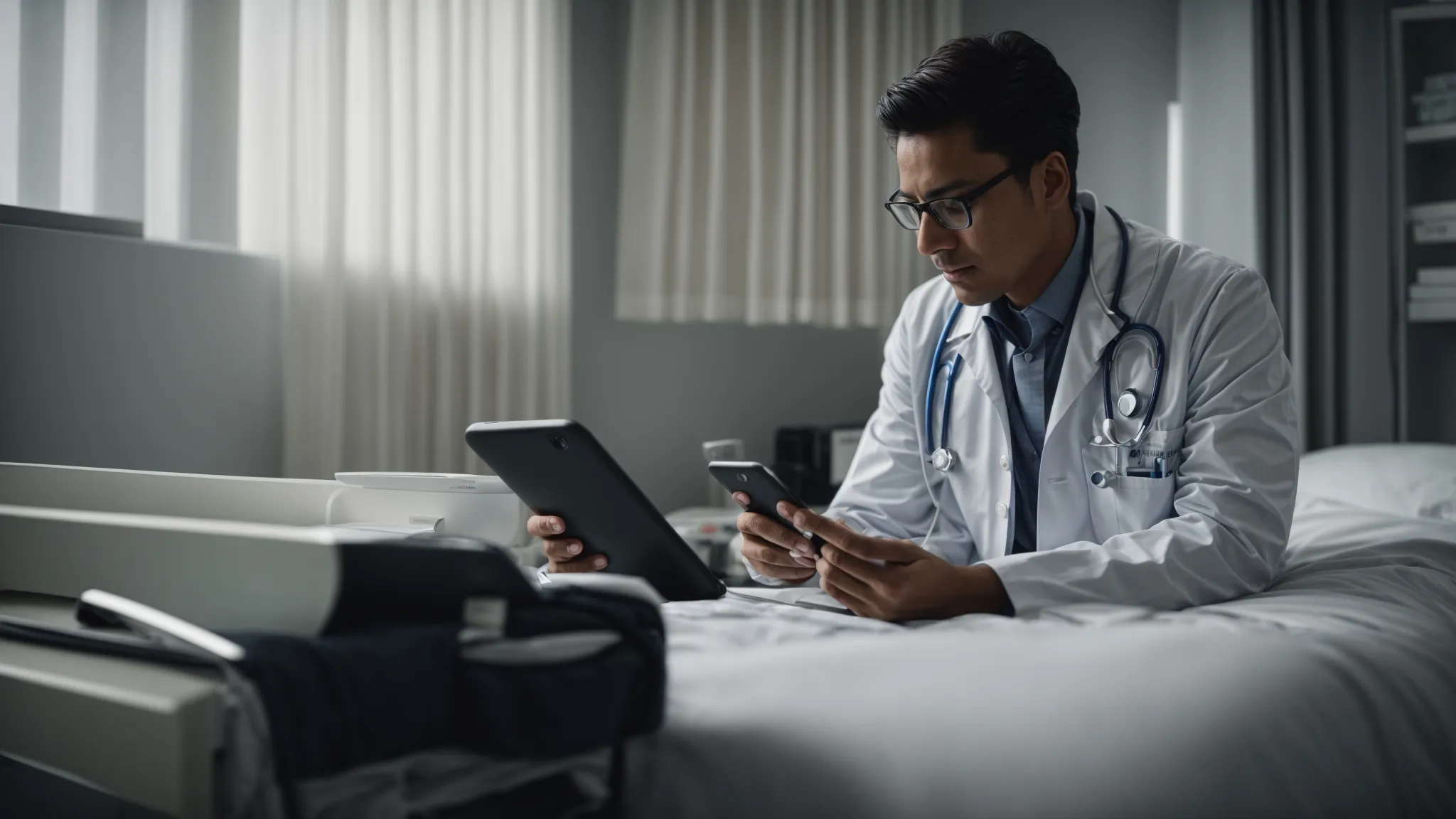Revolutionizing Healthcare: The Rise of Medical Dictation Apps
The healthcare industry is constantly evolving, with new technologies emerging to streamline processes and improve patient care. Among these innovations, medical dictation apps have made a significant impact, offering a modern solution to the traditional challenges of clinical documentation. These tools not only save time for healthcare professionals but also aim to enhance the accuracy of patient records. Understanding how these applications work and their benefits can shed light on their growing popularity within medical practice. In this article, we’ll explore the various facets of medical dictation apps and their contributions to healthcare.
Understanding Medical Dictation Apps and Their Impact on Healthcare
Medical dictation apps are designed to convert spoken words into written text, specifically tailored for the healthcare sector. Their specialized vocabulary and understanding of clinical terminology set them apart from general voice recognition software. By dictating patient notes, physicians can maintain thorough records without the need for labor-intensive typing. This technological aid has been shown to enhance documentation efficiency and accuracy, which is critical in medical settings. As technology advances, the potential of medical dictation app to transform clinical documentation becomes increasingly apparent.
Integrating seamlessly into electronic health record (EHR) systems, medical dictation apps ensure that information is captured accurately and updated in real-time. The swift transfer of data means improved continuity of care, as other healthcare professionals can promptly access the latest patient notes.
With the incorporation of artificial intelligence (AI) and machine learning, these apps continue to improve in recognizing complex medical jargon. The use of advanced algorithms enhances the accuracy of transcriptions, minimizing the likelihood of errors that could have serious implications for patient treatment.
The Technology Behind Voice Recognition in Medical Dictation

Voice recognition technology has seen remarkable developments over the years, particularly within the realm of medical dictation. Modern voice recognition algorithms are able to process natural language, comprehend context, and distinguish medical terminology with remarkable precision. This is made possible by extensive databases of medical lexicons and the use of deep learning techniques that adapt to users’ speech patterns over time.
The technology operates by converting sound waves into digital data that is then analyzed by software to identify words and phrases. In the medical field, this process must accommodate a wide range of accents, speech rates, and specialized vocabulary.
Data security is also a primary concern in medical applications, with stringent regulations governing patient confidentiality. Voice recognition software utilized in healthcare settings must comply with regulatory standards such as the Health Insurance Portability and Accountability Act in the United States. To this end, developers focus on implementing robust encryption and data protection measures to ensure the security and privacy of sensitive medical information.
How Medical Dictation Apps Enhance Doctor-Patient Interactions

One of the most profound ways that medical dictation apps enhance healthcare is by improving doctor-patient interactions. By freeing physicians from the burdensome task of manual note-taking, these tools allow for more direct communication and eye contact during consultations. This human element is pivotal in building trust and understanding between doctors and patients, potentially leading to more accurate diagnoses and personalized care.
Additionally, the instant documentation provided by dictation apps means that doctors can recap and confirm essential information with patients in real time. This iterative process reinforces patients’ understanding of their health conditions and the treatment plans being suggested. It also decreases the chances of miscommunication or misunderstandings, which could affect the outcome of care.
Not only do medical dictation apps facilitate more engaged conversations, but they also expedite the administrative process. This swift handling of paperwork ensures that patients spend less time waiting for their documents to be processed, leading to faster appointment scheduling and more efficient follow-up care.
Overcoming the Challenges and Limitations of Medical Dictation Technology
Medical dictation technology offers many benefits, but it also faces several challenges. Variations in accents and speech impediments can reduce voice recognition accuracy, requiring time-consuming corrections.
Privacy and security concerns are paramount, especially with rising cyber threats. Compliance with regulations is essential to protect sensitive patient information. Developers and healthcare providers must work together to uphold security standards. Additionally, these apps often require continuous internet access, limiting their adoption in remote areas. Addressing the digital divide is crucial for equitable access to these tools.
Finally, the successful integration of dictation apps depends on healthcare providers’ willingness to embrace new technology. Resistance to change and the associated learning curve can be significant barriers, but ongoing training and user-friendly design can facilitate broader adoption.
The evolution of medical dictation apps promises a more efficient, accurate, and patient-centered approach to healthcare. As technology continues to advance, it holds the potential to address current challenges and expand the capabilities of healthcare providers, ultimately contributing to superior patient care and outcomes.
